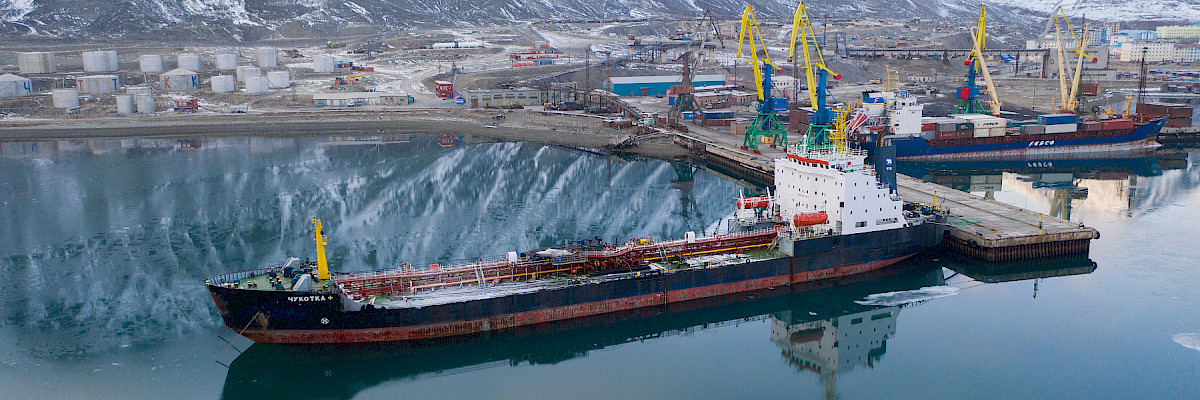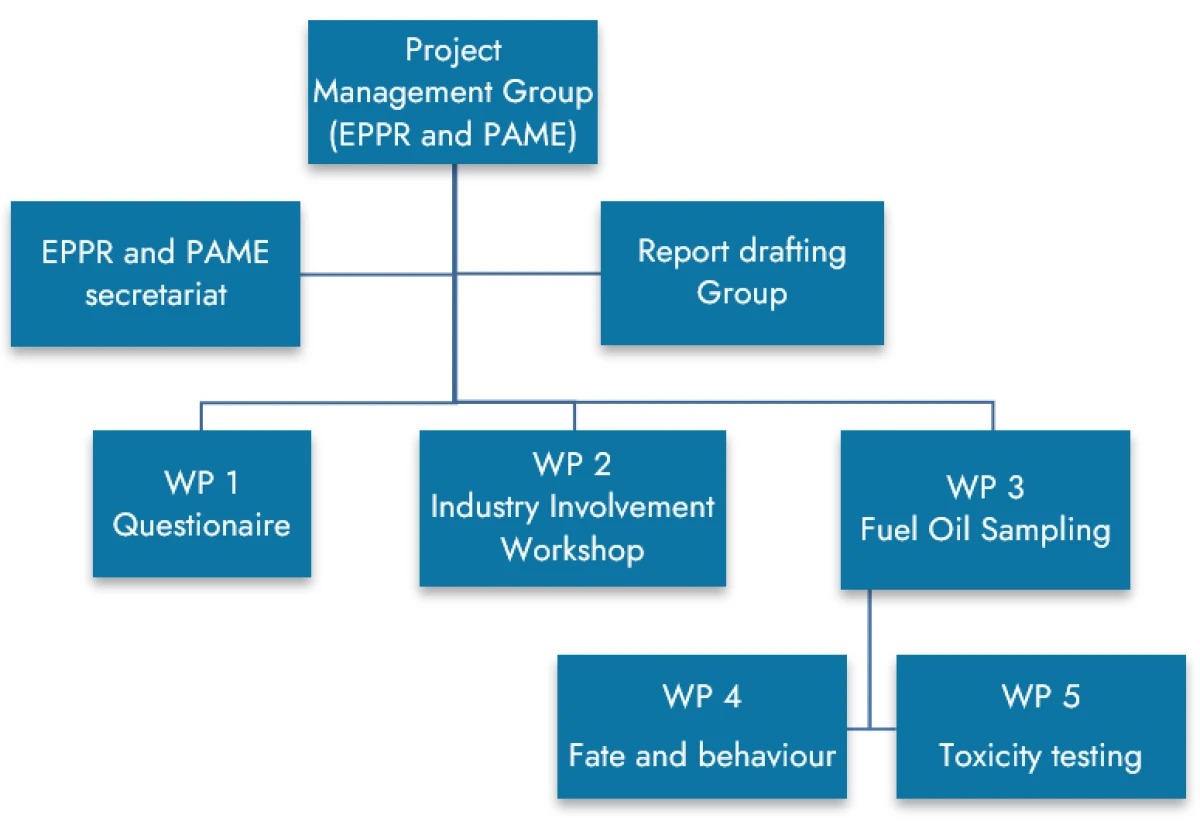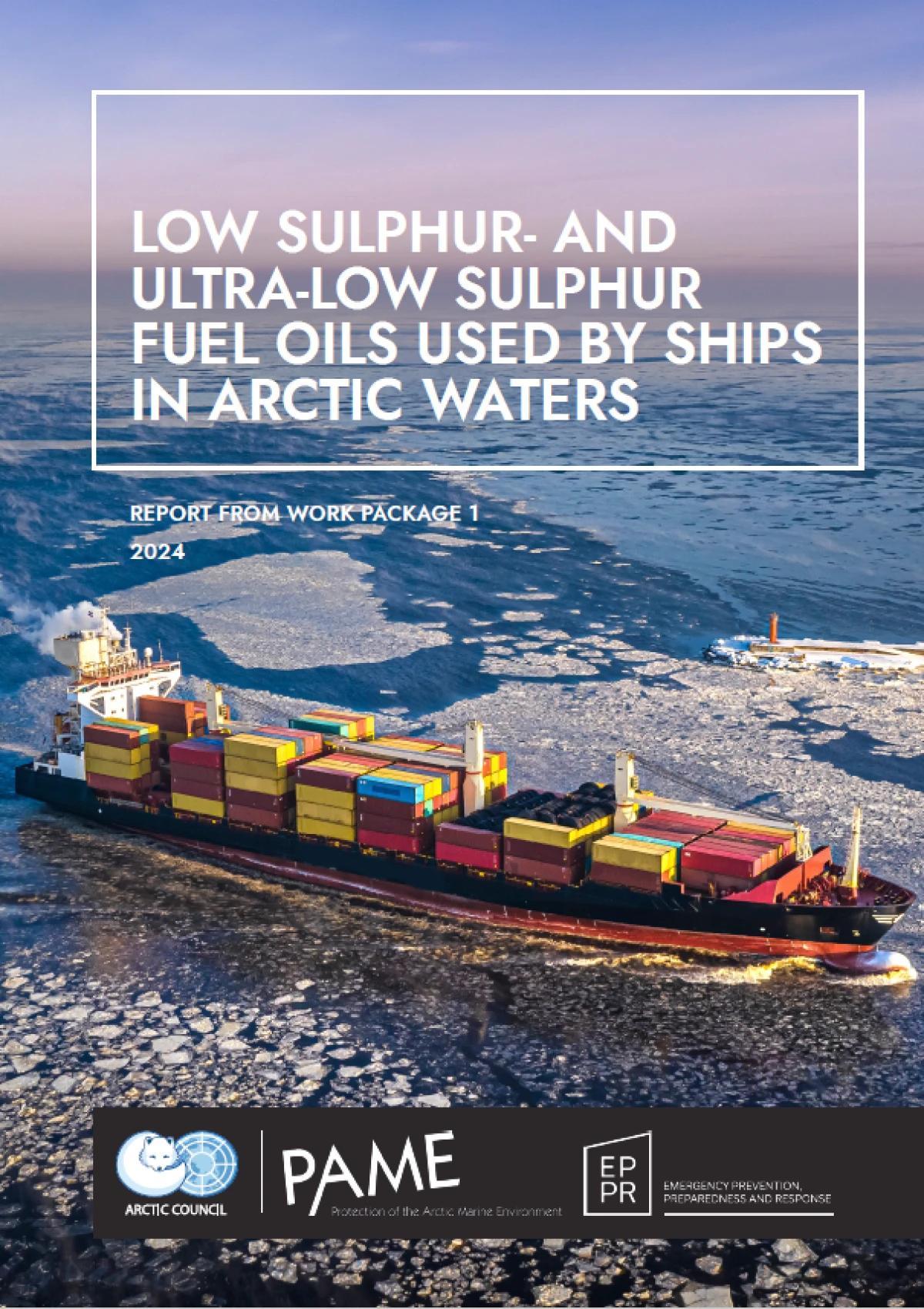
New Low Sulphur Fuels, Fate, and Behavior in Cold Water Conditions
The IMO regulation for a 0.50% global sulphur cap for marine fuels entered into force first of January 2020. The new Sulphur cap has completely changed the fuel market for ships. As a result, the fuel mixture on all ships sailing in the Arctic is largely a knowledge gap. The main objective of this project is to bridge this gap, and to study the toxicity and fate and behavior of new fuel oils in cold water conditions. The results will support the integration into marine oil spill prevention, preparedness and response activities.
The project has identified the Low Sulphur Fuels and Ultea Low Sulphur Fuels most frequently used by ships operating in Arctic waters, the fuel oil transport volumes (in ton nautical miles), and basic fuel oil characteristics of such fuel oil. The project has in other words filled a knowledge gap related to fuel oil use, in relation to quantities and qualities in Arctic waters.
The report from Work Package 1 of the project details this information.
The report provides information on properties of LSFOs, including density, viscosity and pourpoint to ensure appropriate contingency planning, oil spill preparedness, and potential recovery operations if such fuel oil is accidentally discharged to sea. The identified LSFOs and ULSFOs show a wide variability with respect of viscosity, density and pour point. The majority of the residual fuels that fall in the VLSFO and ULSFO category used in Arctic waters today fall under the definition of heavy fuel oil as set out in regulation 43.1.2 of MARPOL Annex I and will be prohibited to use and carry for use once the new regulation 43A enters into force, mainly because the density of the fuel oils exceeds 900 kg/m3.
The pour point is with some exceptions high for the used LSFOs and ULSFOs which means that the majority of such fuels will solidify, or to different degrees become sticky and stiff, if accidently discharged to a cold sea surface. Solidified, sticky and stiff fuel oil will negatively impact the effectiveness of oil spill response equipment from reduced effectiveness to not functioning at all.
In work packages 4 and 5 of this project 10 to 12 representative LSFO’s never analysed before have been selected for being collected and analysed. These fuel oils will be analysed in kind by laboratories in Arctic Council Member States and observer states. By analysing several representative low-sulphur fuel oils in the market, one will learn more about the properties and variability of these new fuel oils. More facts and knowledge is needed to improve and adapt oil spill response equipment and techniques to the LSFOs and ULSFOs. Possibly the chemistry of low sulphur fuel oils themselves can be altered, so that the most problematic properties of future fuel oil blends used in Arctic waters are avoided.
Click here to read the report.
Main activities of the project:
-
Develop and distribute a questionnaire on fuel used by ships in the Arctic;
-
Convene an expert workshop with industry representatives to advance the project;
-
Collect samples of fuels;
-
Analyze the fate and behaviour of the fuel samples; and
-
Analyze the toxicity of these fuels.

Lead Working Groups
EPPRPAME
Lead Arctic States & Permanent Participants
NorwayEngaged observers
GermanyPeople's Republic of China
Republic of Korea
 Arctic Council Working Group
Arctic Council Working Group 